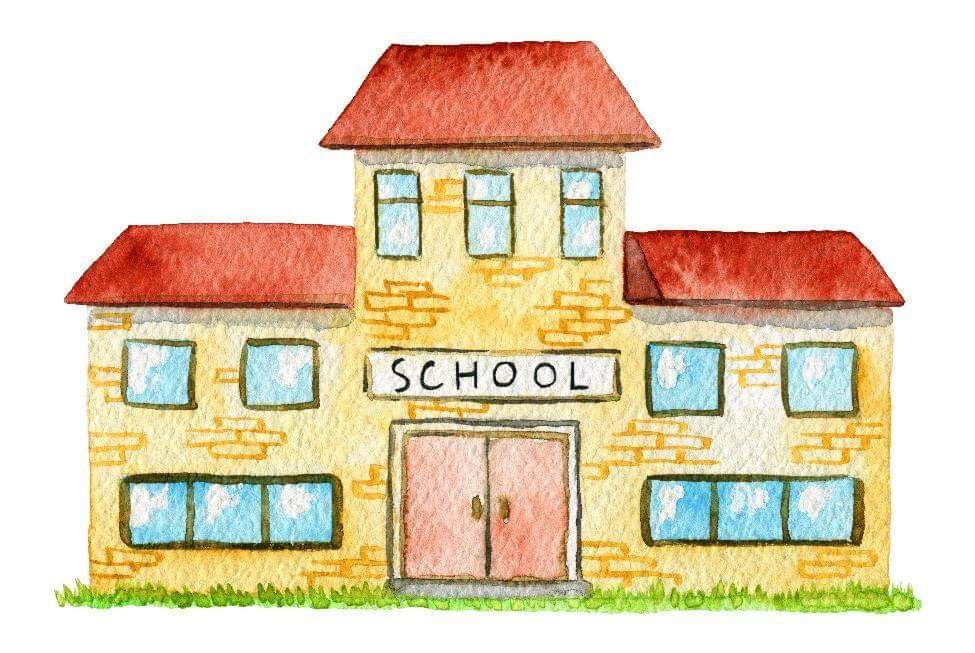We’ve been talking about how parents can help kids to develop proactive social skills and positive character traits that will help protect them from being involved in bullying…or at the very least, stand up to bullying should they ever be confronted.
We know that a large number of bullying incidents will occur during school hours, immediately before or after school and during school-related activities. As a concerned parent, you want to be aware of what your school community is doing to protect the students and keep them safe from bullying.
Often, school administrators will adopt anti-bullying programs without determining how they are going to measure the effectiveness of the program. Often, programs may meet certain mandates and legal requirements but lack a more comprehensive plan to include home or community practices that will help to strengthen what is being done at school.
It’s important that any school program designed to prevent bullying should do more than teach children about bullying. It should be part of a more comprehensive program to create kinder, gentler communities. The program should include all involvement of all school staff as well as parents and caregivers at home.
It’s important for parents to be aware of and understand the bullying prevention program at their child’s school. An effective program will include these three things in the structure of the program: policy, procedures and programs.
The policy should be clearly written, consistently enforced and communicated to everyone involved. It should include a concise definition of bullying, the different types of bullying and the potential reasons for bullying. There should be a statement about the responsibility of anyone who witnesses bullying to try and stop it by intervening…being an upstander instead of a bystander.
The procedures should clearly outline the consequences for bullying behavior. The procedures should include discipline measures for the bystanders, the helpers, etc. in addition to the child who bullies. The discipline measures should hold students accountable for their actions. Restorative justice (restitution, resolution and reconciliation) should be an integral part of the discipline process. Parents of all students involved in a bullying incident should be notified and asked to take action at home to aid in the restorative justice process. The procedures should outline procedures for keeping the targeted child safe at school, give all children involved a way to stand up to bullying and a specific person or persons to whom they can report any further incidents of bullying. This information should also be provided to parents as well. The last important element of procedures is that every parent, teacher and school staff member should be provided a written copy of the policy and procedures on a yearly basis.
I recommend that if you have not received a copy of your child’s school bullying prevention policy you request one as soon as possible. It’s important to determine that the policy is being evenly enforced and widely communicated. Review the policy to make sure that federal, state and local laws and regulations regarding bullying prevention in schools are being included in the policy. You can verify the information for your specific state here.
The programs reinforce the policies and procedures. They should help to create a safe and welcoming school environment for all students. The program should be integrated as part of the whole-school curriculum. It should be designed not only to decrease bullying, but to help develop a positive school climate and culture. It teaches social skills and coping skills that students can use to stand up to bullying behavior, learn to go from bystander to upstander and how to report bullying. The program should encourage parent interaction and help educators to understand their role in preventing bullying behavior.
Bullying happens in every school. As a parent, you want to make sure that your child’s school is proactive in dealing with bullying issues. If the school does not have a bullying policy, you may want to get involved in researching programs that can create a climate and culture that supports creative, constructive, respectful and responsible activities that will reduce bullying.
If you would like more information about protecting your child from being involved in bullying, click the button below to subscribe to our email list. You’ll receive your own FREE copy of our latest e-book, “Bullyproof” right to your personal email box. It’s full of tips and ideas on connecting with your child and helping to protect them from becoming a target of bullying.



Recent Comments